Given that both love and storytelling are as old as time, it’s no wonder the question of how to write a love story has so absorbed us.
And it’s possible that this question is only becoming more complex—and exciting. Romance is a booming and beloved genre, and it now has dozens of subgenres. Far from being the domain solely of the romance novel, from contemporary to fantasy to historical to alien space opera, love can spring up anywhere.
Romance writing tends to put a love story with a happy ending front and center—after all, romance readers have come to expect and thoroughly enjoy the happily-ever-after. But those writing love stories in other genres can enjoy a little more freedom.
Award-winning author Tasha Suri has written love stories in two very different genres: epic fantasy and historical YA. Here, she tells us how to write a successful romance... And how to break your reader’s heart.
Write your love story at the home of happy writing
If you have your heart set on writing romance, make your story shine with a tailor-made writing course! There’s never been a better time to join The Novelry and write a love story.
Your personal writing coach and editor
At The Novelry, we’re lucky enough to have a wealth of brilliant writing coaches in the romance genre, including bestselling authors Libby Page, Heather Webb, Colleen Oakley, and Bea Fitzgerald. Alongside them, our team of professional editors has a huge amount of experience in publishing romance fiction across several subgenres. Gillian Holmes, Nic Caws, and Emily Kitchin have all worked with multiple bestselling authors and they love helping our writers, whether they are just starting out on their novel writing journey or are looking to refresh their experience in publishing.
Your fellow romance writers
On top of that, we have a thriving and incredibly supportive group of romance and Up Lit writers, all creating their own love stories. We have regular engaging workshops, in which our coaches have the chance to answer all your questions, explore big themes, and share advice on everything from the words you choose to how to create a productive writing routine.
If there’s a scene you want to create, a point you want to make, a character you’re unsure of, or any other burning questions, you’ll get the chance to air them among friends at The Novelry. You’ll also find many an eager reader in our online writing community once you’re ready to share your work.
Hear from bestselling authors
There’s no shortage of insights from world-famous writers in the genre, sharing peeks into their writing life and techniques.
From New York Times bestseller Beth O’Leary to Sunday Times bestseller David Nicholls to the author of historical romance phenomenon Bridgerton, Julia Quinn, you’ll be able to catch up on every moment in our mammoth library of recorded live sessions. And plenty of exciting authors are lined up for you to pose your questions to in real time!
Now, without any further ado, it’s over to Tasha for her advice on writing a compelling and believable romantic relationship.

Writing a love story outside the romance genre
How do you write a love story that moves us if you’re not writing a romance novel? What if your love story is tragic, brief, or more of a subplot than the beating heart of a story?
Perhaps you’re like Taylor Jenkins Reid with The Seven Husbands of Evelyn Hugo, writing the story of a glamorous, aging actress and her multiple marriages. Or perhaps you’re aiming to do what Sally Rooney does in Normal People, and explore the nuanced and complex—but not always perfectly romantic—relationship between two main characters.
Perhaps you’re like me: a writer working in another genre who adores cute love stories and wants to thread a compelling romance subplot through your work. All my books contain romance—but they’re not exactly romance novels.
My latest novel is a gothic remix of Wuthering Heights. What Souls Are Made Of explores familial trauma, the history of South Asians in the U.K., and the eighteenth century. Meanwhile, my next book, The Oleander Sword, is an epic fantasy with a fair bit of stabbing. Both contain a love interest and strong romance subplots, full of yearning and drama that will—I hope—bring my readers a lot of joy and heartbreak.
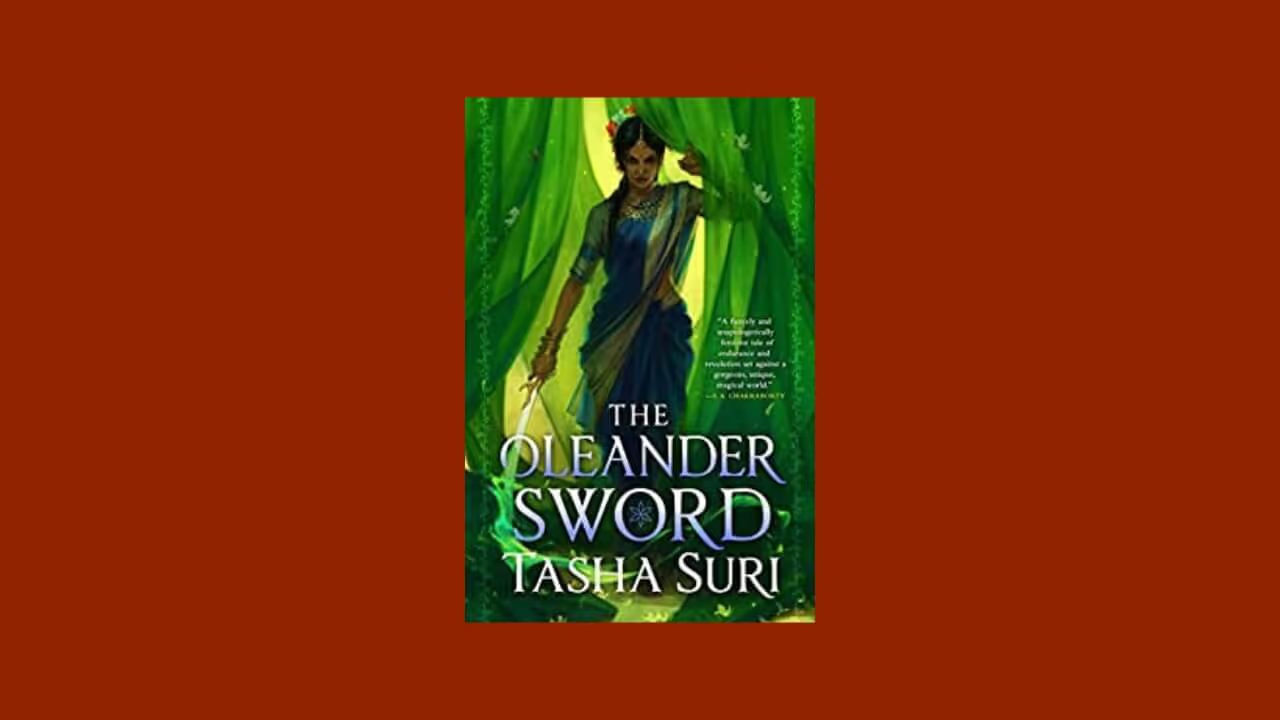
How to write a love story: my tips
Through these experiences, I’ve uncovered a few tools that help me write compelling and sincere love stories. If you’re wondering how to write a love story within your novel, try these five tips to make your romance subplots sing.
- Write a love story that weaves into your plot’s conflict.
- Build your love story’s tension slowly.
- Use tropes for inspiration.
- Don’t define your protagonists by their love story.
- Before you write, get to know your characters.
1. Write a love story that weaves into your plot’s conflict
Whether you’re writing a mystery, a thriller, a horror novel, or a big epic fantasy, you’re likely to have a book stuffed with plot-based conflict. This can be one of the key ingredients in resolving the question of how to write a love story that fits into—and even uplifts—your book.
Don’t forget to weave your love story into your tangled web! Place your two love interests on opposite sides of a battle. Give them reasons to distrust one another. Make one keep secrets from the other. Throw them together to solve a crime, even though they hate each other’s guts.
These are external conflicts, and they’re key to propelling your love story forward. They give your characters reasons to interact and get to know each other, and they give your readers a way to get to know your characters in turn.
The importance of internal conflict
But external conflict alone is not enough. You’ll need internal conflict, too—the emotional conflict between characters, or between one character’s opposing wants, needs, and duties. After all, in real life, our emotions are rarely simple.
In an ideal world, internal and external conflict come hand in hand. For example, in The Oleander Sword, one character has to face the external conflict of being compelled to provide military support to an empress from an oppressive imperial power in order to gain independence and safety for her own country. Her internal conflict is between her desire to love the empress and her need to keep her distance and protect her country’s interests. Every battle forces her to choose between love and duty.
Layering conflicts like this makes a love story richer and more real.
Remember, too, that conflict does not have to be antagonistic! Characters can like each other and laugh with each other, and still have opposing views, aims, or hidden vulnerabilities to work through before they can be together.
Remember that conflict does not have to be antagonistic. Characters can like each other and laugh with each other, and still have opposing views, aims, or hidden vulnerabilities to work through before they can be together.
—Tasha Suri
2. Build your love story’s tension slowly
I may be biased, but I love a slow-burn romance.
In a slow burn, the emotional and physical connection between characters builds over the novel. The tension ramps up steadily and intensely until it finally breaks—with a confession, a kiss, an emotional catharsis. Romantic love finally blooms.
When I try to describe the ideal slow burn, I always find myself turning to the great romance of the 2005 movie adaptation of Pride and Prejudice. There’s a swoon-worthy moment when Darcy helps Elizabeth into her carriage. Their hands touch. Their eyes meet. Then he turns away... And flexes his hand.
Iconic tension. Iconic slow burn. Iconic yearning. I’m not alone in thinking this. As love scenes go, it’s a pretty popular one.
How to write a good story with that kind of tension and yearning?
The key to a slow burn is to figure out explicitly what life events and revelations need to happen for your characters to fall in love, and then give each moment weight and importance in the text. Make every moment of eye contact (or hand flex) really matter. Your readers will be holding their breath, waiting for the next one.
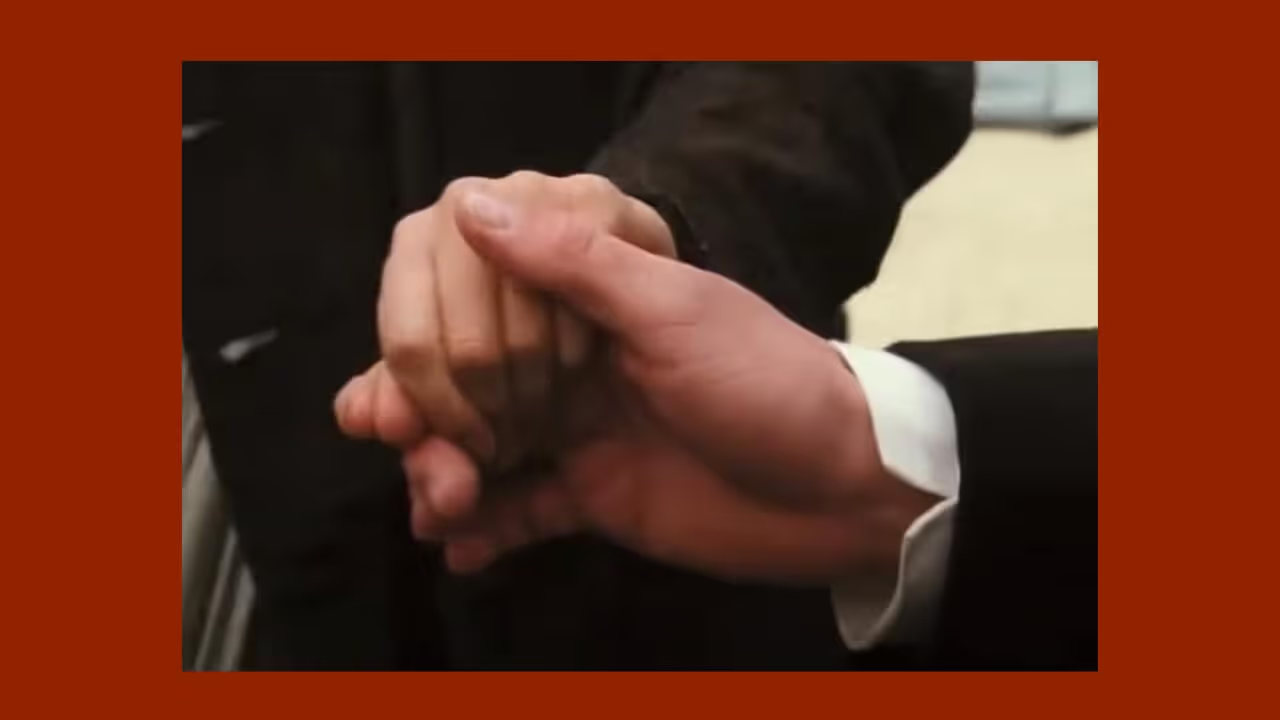
3. Use tropes for inspiration as you write your love story
Tropes are themes or plot points that are so common we have a shorthand for them. We recognize a trope in English literature when we see one. If I say ‘star-crossed lovers,’ you’re likely to think of Romeo and Juliet—a classic example of two people in love who cannot be together without tragedy ensuing. Look across genres, and you’ll find star-crossed lovers everywhere, from a tale of teen cancer patients in the U.S.A. to gangsters in 1920s Shanghai.
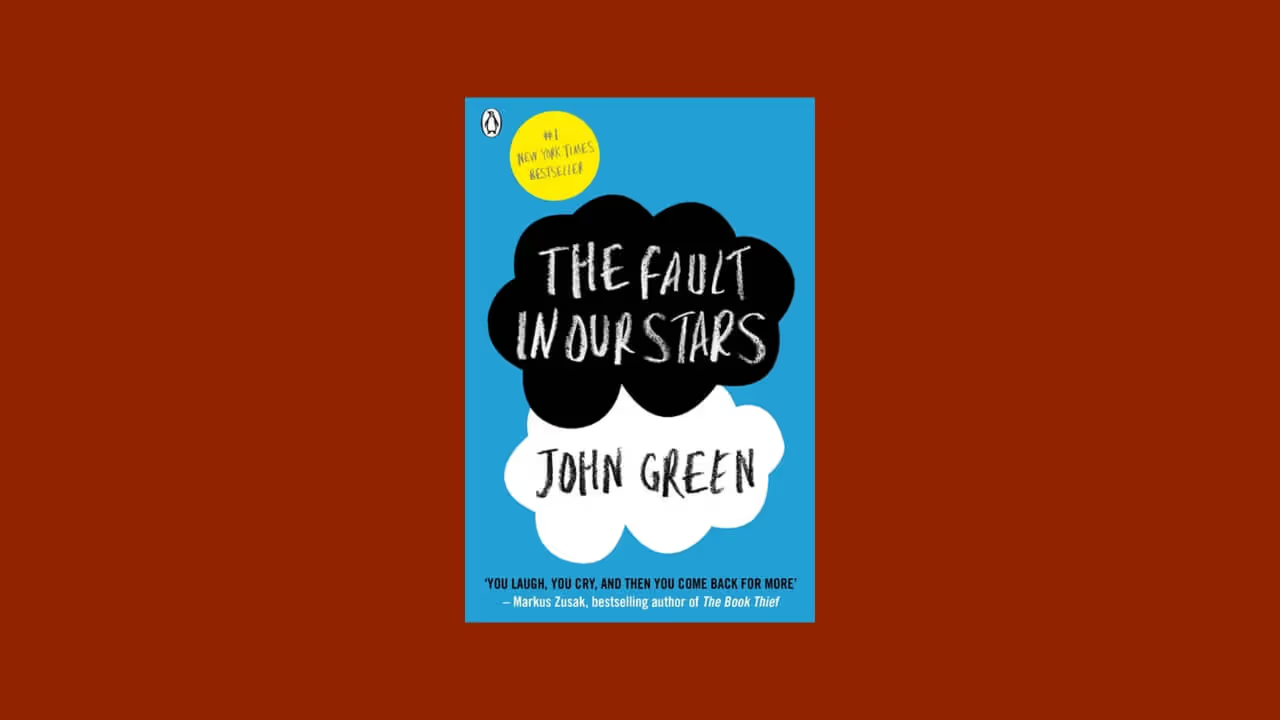
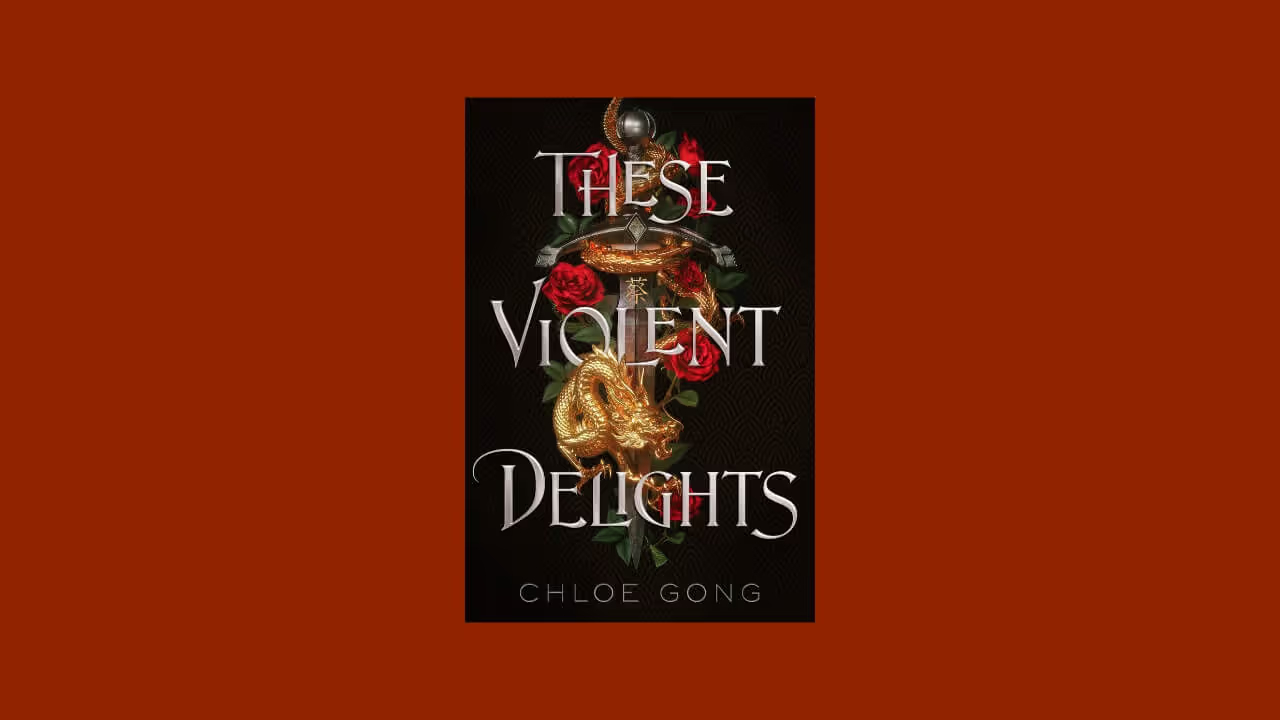
Because tropes are so pervasive, you can reduce almost any piece of media down to them. If you’re curious, spend time searching for romance movies or a film or series you love on the website TV Tropes, and you’re bound to find it there, distilled down to the motifs that run through it: the cogs and wheels that make the story engine run.
As you start writing and building a tale from the ground up, particularly if this is your first foray into romance writing, tropes can help answer the conundrum of how to write a love story with a strong hook, rich in conflict and tension. Does the ‘enemies to lovers’ trope appeal to you? Maybe a ‘fake dating’ subplot will make the chemistry in this draft really sparkle?
Sometimes, readers and writers groan about tropes. ‘We’re tired of them!’ they exclaim. But tropes are not the heart of a story! Tropes are just one tool in our writing toolbox.
If you’re struggling to build internal and external conflict, and you don’t quite know how to shape the unfolding tension of your love story, it may be wise to grasp one of these time-honored building blocks of romance novels. See if it can help give your story a strong foundation to build on. You could even just try writing a short story with one of these tropes to see if exploring some other stories inspires the one you’re writing (and gets you comfortable with writing impassioned love scenes!).
If you’re unfamiliar with tropes, try approaching it this way: ask yourself what you most enjoyed about your favorite love stories. Unpick the first romance novel that made an impact on you, or your favorite romantic movies, to find the plot beats and character dynamics that inspire you. Then take that knowledge and use it to write something wholly you.
{{blog-banner-7="/blog-banners"}}
4. Don’t define your main characters by their love story
One technique I’ve found that helps me write engaging and believable love stories is to make sure my protagonists are bigger than their relationship. They want each other. But what do they want beyond each other? They should each have their own life.
Think beyond the romance novel. Courtney Milan’s The Suffragette Scandal gives us a woman who wants equality for women and the right to vote and who fights for her dream. She would desire this even if our male love interest never arrived on the page and would fight for it without him, too.
Characters with big goals and ambitions and hungers are, on the whole, more compelling. They’re also more likely to land themselves in the kind of conflict-driven plots that readers love.
If you’re writing a romance subplot in a different genre, this is doubly important.
No matter how much your reader invests in your love story, you have to meet the expectations of your chosen genre. That could mean infusing your novel with more action or more humor, more politics or a really intense car chase. Don’t make romance your protagonist’s world; make it part of their world.
—Tasha Suri
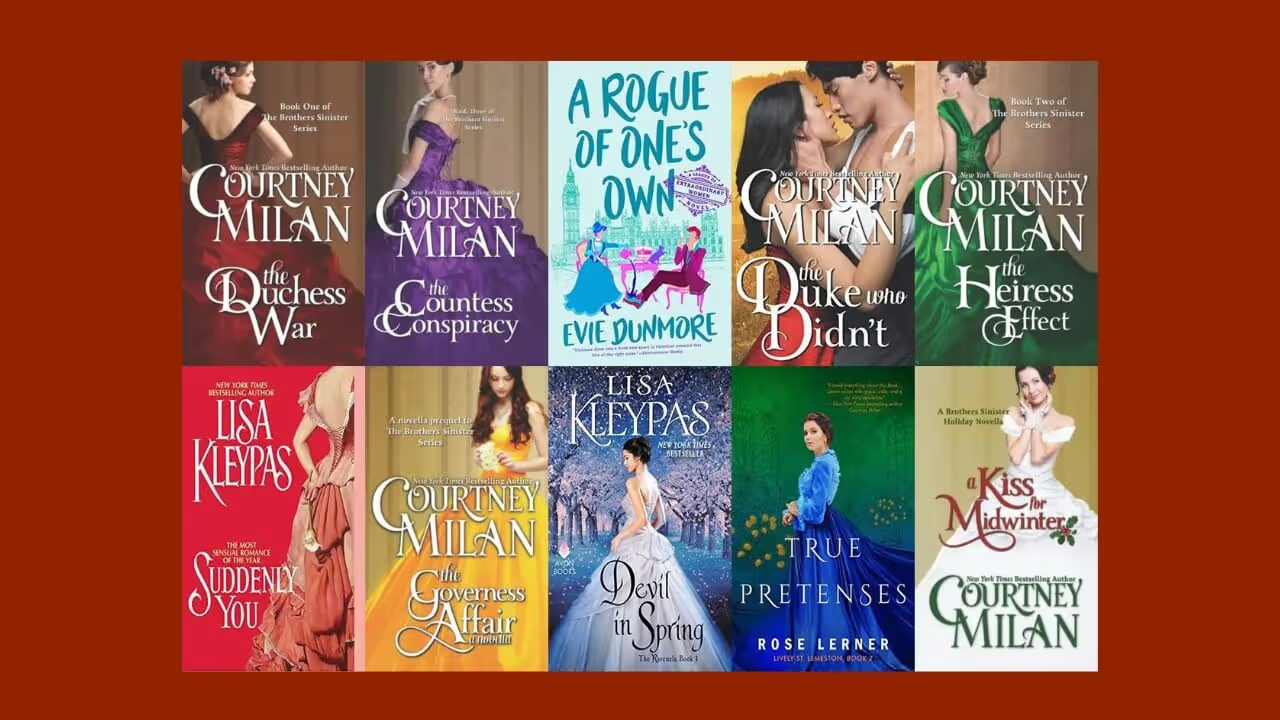
5. Before you write a love story, get to know your characters
To use any of these tips, you really need to know your characters: their dreams, their hopes, and their bone-deep motivations. A love story is nothing without compelling characters. The best love stories are about characters who are even more compelling together than they are alone.
A love story is nothing without compelling characters. The best love stories are about characters who are even more compelling together than they are alone.
—Tasha Suri
The only way to know your characters, of course, is to meet them in the first place. Thinking about them often isn’t enough. Bring them to life in the only way you can: write them down. Word by word, sentence by sentence. Get that first draft done.
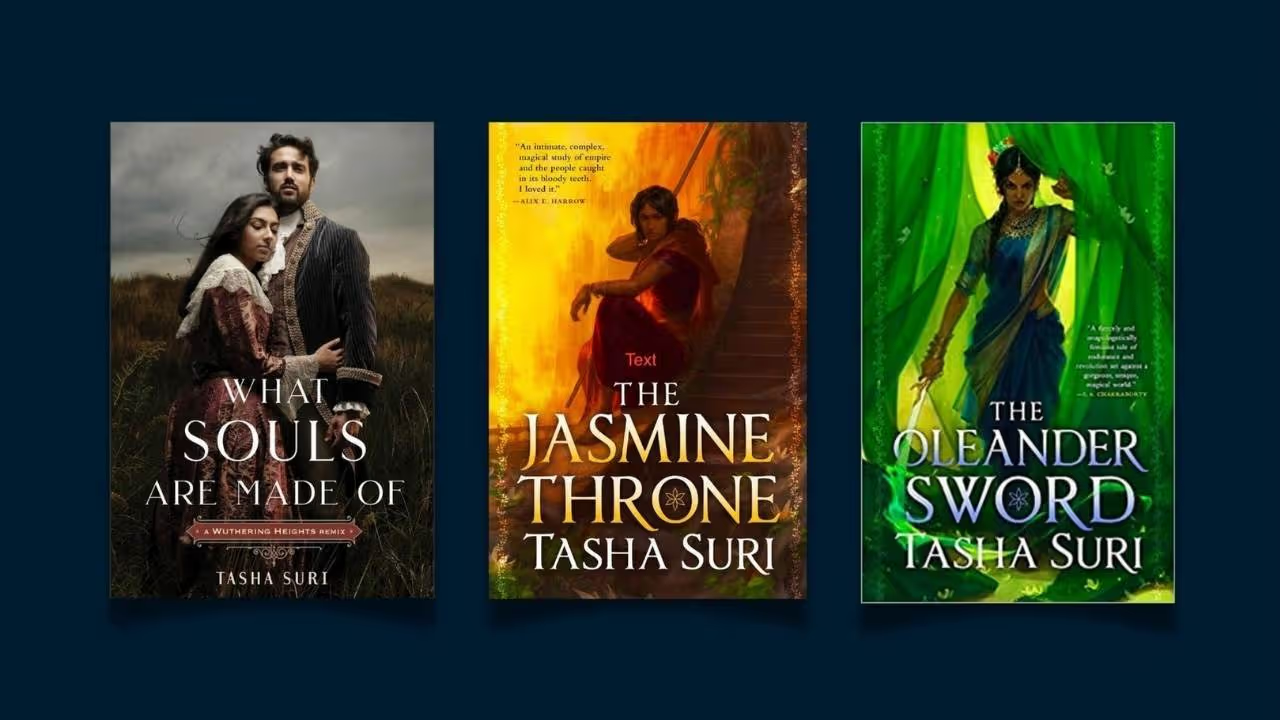
Welcome home, writers. Join us on the world’s best creative writing courses to create, write, and complete your book. Sign up and start today.



.avif)
.webp)
.avif)
.avif)